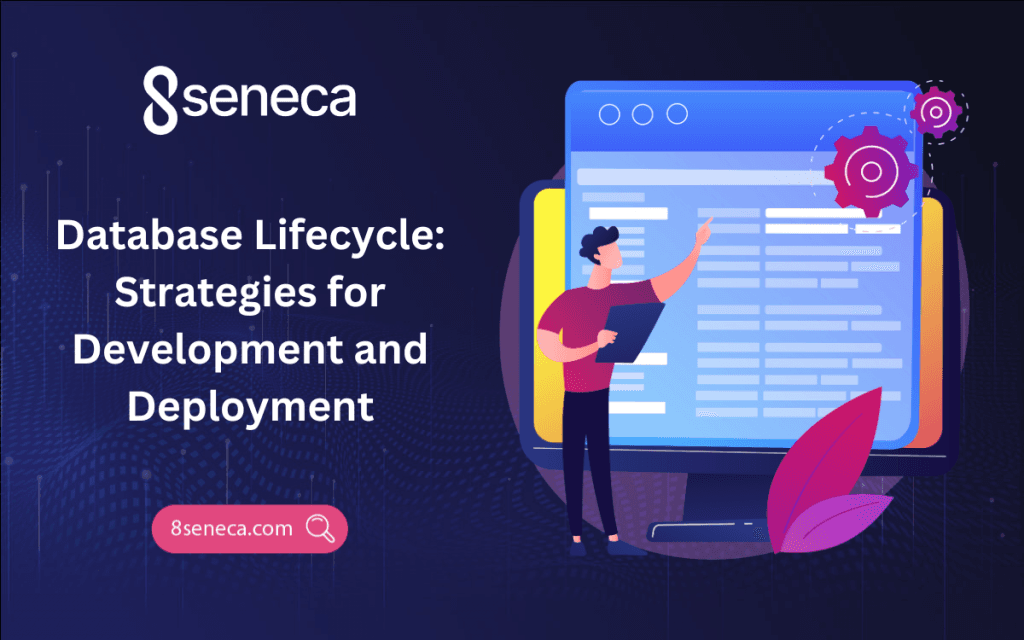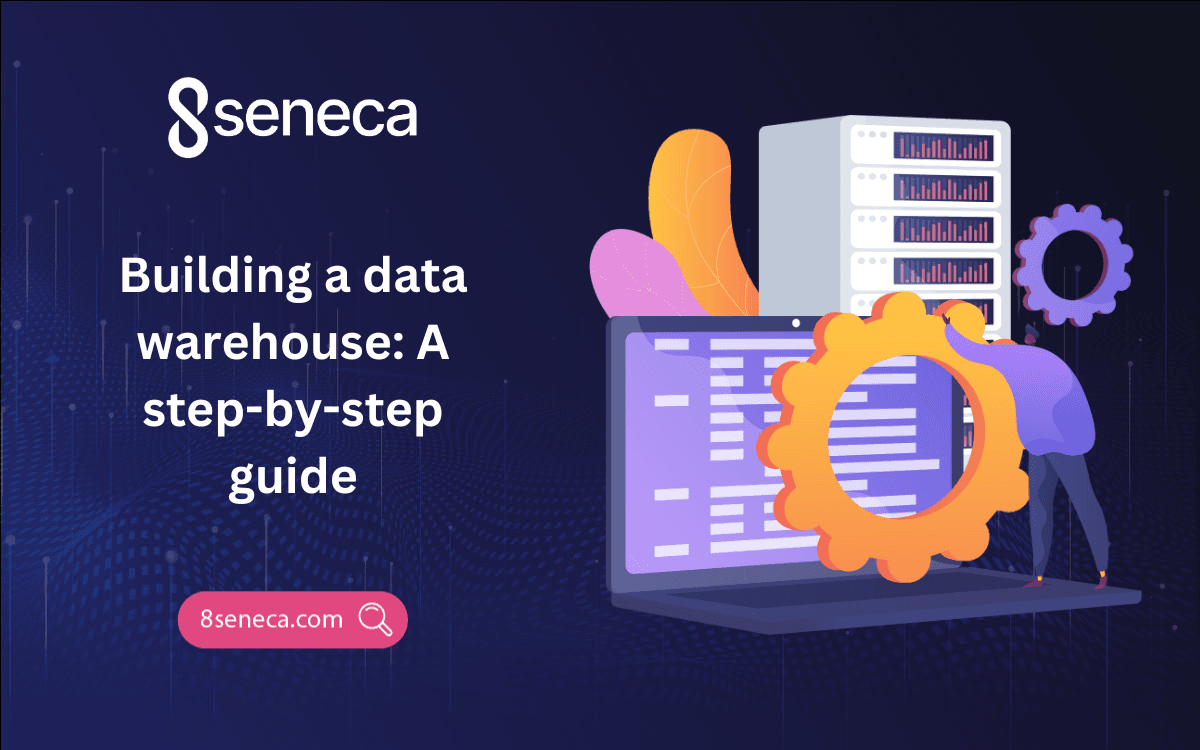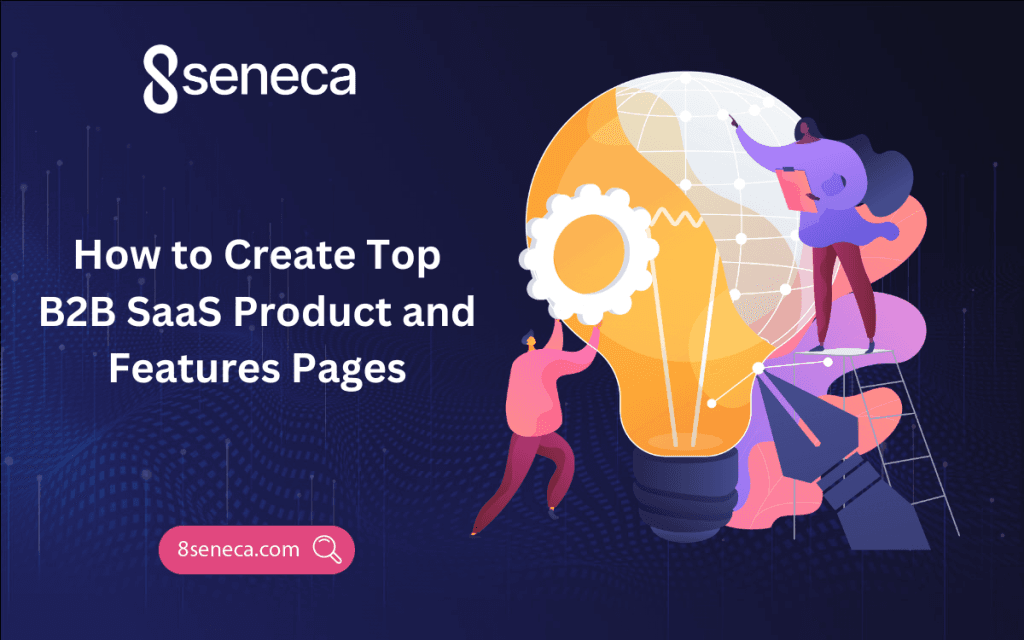Strategies to Create a Proper Internal Software
Discover strategies for developing internal software tailored to organization's needs. Learn insights to optimize software creation process
In today’s fast-paced business landscape, having a robust internal software capability is essential. It helps in staying competitive and meeting evolving customer demands. Whether you’re a startup or an established enterprise, effectively managing your software development process can significantly impact your bottom line. It also affects your overall success. Here are 5valuable tips to help you build and enhance your internal software capability.
Starting Small
Embarking on your software development journey by targeting a robust platform like AWS might seem appealing. However, scaling software development may be uncharted territory for your company. The attraction of subscription revenue is strong. Starting with a simpler internal application could be more sensible. It allows you to gauge your organization’s software development capabilities. It helps before diving into the complexities of full-scale software sales.
Beginning with a small project also increases the likelihood of success. Demonstrating your organization’s software development prowess is best achieved through successful execution. Small victories build momentum and gather support and funding for more ambitious endeavors.
Moreover, starting small allows you to assess your teams’ capabilities and support structures such as technical assistance and ongoing maintenance in a less risky environment compared to launching a major commercial platform.
Focus on creating “point solutions” that address specific problems. While it may be tempting to develop a multifunctional digital tool, adding more features increases complexity and risk. Creating a few targeted solutions now with integration in mind for the future, can streamline development and reduce risk. This approach lowers costs and risks. It also enables you to get tools into users’ hands sooner and gather feedback. Users may quickly identify additional tools needed to solve significant problems.
From a commercial standpoint, well-considered point solutions are often easier to test and support than complex applications. Introducing additional interconnected features later presents opportunities for additional revenue or customer value. Early subscription software successes like Adobe Creative Suite or Microsoft Office 365 thrived by continually adding new applications, enhancing the perceived value of the subscription over time and retaining users.
Involving the End Users
Incorporating end users into software design and development is a well-established practice and a fundamental aspect of most modern software development methodologies. However, many companies often overlook this aspect, assuming that just including a few team members with relevant experience will suffice.
While having team members familiar with the problem being addressed is a good starting point, it’s often inadequate for two main reasons. Firstly, relying on one or two individuals may not capture the full breadth, depth and complexities of the business problem. These limited perspectives might not include the diverse user types or understand how various departments or teams will utilize the platform.
Neglecting to engage end users misses an opportunity to gather support for the software before and during its launch. The more end users are involved, the more likely they are to feel personally invested in the software’s success. They are also more likely to advocate for it within their peer groups. Extensive involvement of end users may not always be necessary. However, identifying influential individuals and seeking their input can significantly aid in adoption and change management. This surpasses the effectiveness of traditional communication methods like slide decks and emails.
Don’t Neglect Support and Maintenance
Building and successfully launching internal software is just one aspect of creating a new internal application. Normally, tech organizations assume that existing support mechanisms will suffice for software support. While this might be true for basic issues like logins and defect reporting, you’ll likely receive inquiries on how to effectively use the software and integrate it into existing applications and business processes.
When launching a commercial application, you’ll encounter different customer expectations. Service Level Agreements (SLAs) and reporting tools suitable for internal platforms may be inadequate for paying commercial customers. Additionally, you’ll require broader customer support capabilities. How will you address invoicing inquiries or unpaid bills from external customers? How will you manage and track software revenue?
Even without the complexities of serving external customers, internal software applications demand ongoing support and maintenance. Unlike hardware, which can be released and expected to perform with minimal intervention, software applications require updates as business processes and market conditions evolve. Furthermore, if the application is well-received, you’ll receive a growing number of enhancement and integration requests.
Getting The Right Support
Numerous challenges arise when developing software internally. Seeking external expertise can serve as a cost-effective measure to ensure success in the current project and to bolster capabilities for future endeavors. There are two primary types of assistance to consider: strategic guidance and capability enhancement.
Strategic assistance focuses on establishing an effective operating model for software production. This includes defining suitable performance indicators and productivity metrics. It also involves ensuring a deep understanding of the user community the software targets. Identifying the key capabilities needed for a high-performing software organization is part of this process. It requires evaluating any deficiencies in the existing structure. Although uncomfortable, this assessment is crucial. It helps identify areas for improvement and develop a plan to address them. This sets the stage for long-term success.
These gaps can often be bridged through targeted interventions. These interventions may include acquiring new tools or outsourcing specific software development tasks to third-party providers. When deciding which capabilities to develop internally, it’s essential to prioritize those that provide a competitive advantage. Other capabilities can be obtained as needed.
In some scenarios, it may be feasible to completely outsource software production for internal or commercial purposes. While this approach may entail higher immediate costs, it offers an opportunity to evaluate different capabilities before committing to long-term investments.
Be Cautious About Commercialization
Considering the transformation of internal software applications into commercial products can be alluring. The idea of generating revenue continuously, especially for companies without recurring revenue streams like software subscriptions, holds significant appeal. However, assuming that managing incoming revenue is the most challenging aspect of commercializing internal software is a common mistake.
Companies often underestimate the challenges of marketing and supporting commercial software products. Paying customers expect a higher standard of service and support, which can be demanding to maintain. Moreover, the customization advantage of internal software tailored to specific business processes and strategies may not translate well in the broader market. A tool optimized for a particular process internally may not meet the diverse needs of external customers.
Another common error is the lack of understanding of the external market when considering commercializing internal software. While there are countless innovative ideas, not all translate into commercial success. Companies sometimes overestimate the market’s readiness to adopt their software, assumeit will sell itself. However, successful commercialization requires in-depth knowledge of the market, competition and product positioning.
Mere technical superiority or minor benefits are insufficient to drive sales. Customers are typically unconcerned with factors like having superior software engineers or a unique feature if it doesn’t address their specific needs. It’s essential to avoid becoming too attached to the product and failing to heed market feedback during development and launch. Understanding market dynamics is crucial when considering transitioning a product into a commercial offering.
Conclusion
In conclusion, by diligently following the 5 tips outlined here, businesses can establish a solid foundation for their software development endeavors. Although developing extensive software applications internally presents challenges, following these recommendations and leveraging partnerships along with established development methodologies and practices can increase your chances of success.
At 8Seneca, our expertise lies in providing customized B2B services, with a specific emphasis on IT outsourcing solutions. If you require IT outsourcing services, please don’t hesitate to reach out to us. Furthermore, we’re currently seeking skilled Senior .NET/Angular Developers to join our team. Visit our recruitment center for more information on available positions and other career prospects.
Related Articles

Dec 09, 2024
Read more
What is Cross-platform Mobile Development?
Learn what cross-platform mobile development is, its benefits, challenges, and popular frameworks like Flutter, React Native, and Xamarin.

Dec 06, 2024
Read more
The Leadership Factor: Why Strong Leaders Make Successful Projects
Discover how effective leadership drives project success with strategies to inspire teams, tackle challenges, and achieve goals.

Oct 29, 2024
Read more
Database Lifecycle: Strategies for Development and Deployment
Learn the key stages of the database lifecycle—Planning, Analysis, Design, Implementation, Testing, Deployment, and Maintenance

Sep 30, 2024
Read more
Building a Data Warehouse: A step-by-step guide
Learn the key components, best practices, challenges of building and maintaining a data warehouse, and how it can drive better business.

Sep 17, 2024
Read more
How to Create Top B2B SaaS Product and Features Pages
Explore key elements and examples of B2B SaaS product pages to boost conversions and showcase your product's value.

Sep 13, 2024
Read more
The Role of Mobile Data Analytics in App Development
Discover how mobile data analytics improves app development by enhancing user engagement, boosting retention, and optimizing performance.
